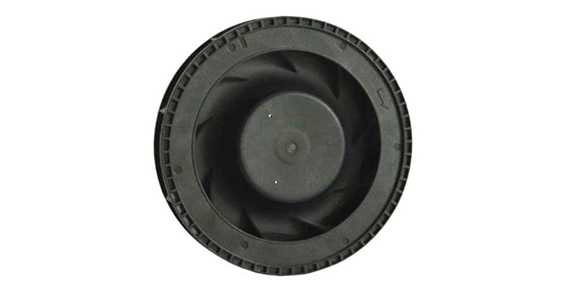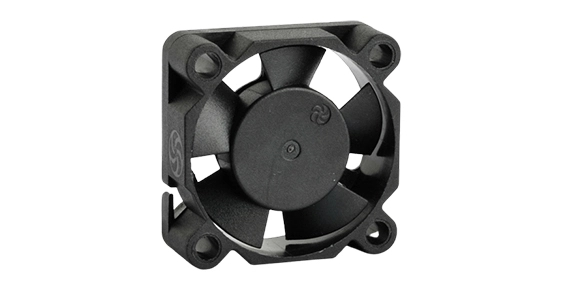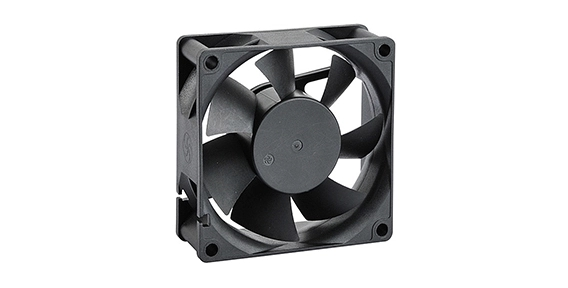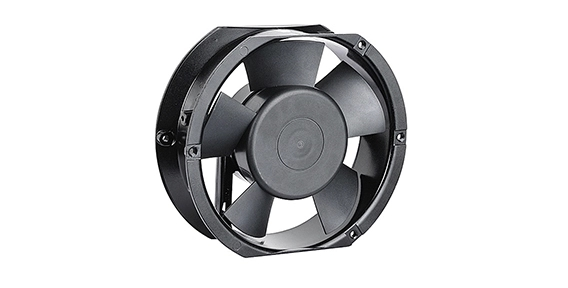Aerodynamics is a crucial aspect when designing blades for centrifugal blower fans. The efficiency of these fans depends on the careful consideration of blade geometry and impeller design. In this article, we will delve into the essence of aerodynamics in centrifugal blower fan efficiency and explore the balancing of blade geometry for optimal efficiency and noise considerations. Additionally, we will discuss the use of backward-curved impellers to achieve a balance between efficiency and pressure.
Unveiling the Essence of Aerodynamics in Centrifugal Blower Fan Efficiency
Aerodynamics plays a vital role in determining the efficiency of the centrifugal blower fan. The design of the blades directly affects the fan's ability to generate a high volume of airflow while overcoming resistance. By understanding the principles of aerodynamics, engineers can optimize the blade design to maximize performance.
One key consideration is the angle of attack, which refers to the angle at which the airflow strikes the blades. The correct angle helps to ensure efficient air movement and reduces energy losses due to turbulence. Centrifugal blower fans are typically designed with curved blades to increase their efficiency. These curved blades allow for smooth, uninterrupted airflow, resulting in improved fan efficiency.

Centrifugal Blower Fan Balancing Blade Geometry: Efficiency and Noise Considerations
When designing the blade geometry of centrifugal blower fans, engineers must strike a balance between efficiency and noise considerations. While efficiency is crucial, excessive noise can be a significant drawback. Therefore, the shape and profile of the blades are carefully optimized to maintain the desired balance.
Blade width and length are essential factors in determining efficiency and noise levels. Blades with larger widths and lengths can generate higher volumes of airflow but may also produce more noise. Conversely, blades with smaller dimensions may reduce noise, but at the cost of lower airflow performance. Finding the right balance is essential to ensure optimal performance without compromising noise levels.
Centrifugal Blower Fan Backward-Curved Impellers: Balancing Efficiency and Pressure
Backward-curved impellers are a popular choice in the axial cooling fan due to their ability to balance efficiency and pressure. These impellers utilize backward-curved blades that are wider at the tip and narrower at the root. This design allows for increased efficiency while maintaining the necessary pressure levels.
The backward-curved impellers are particularly effective in applications where high-pressure airflow is required, such as HVAC systems and industrial ventilation. Their design reduces turbulence and maximizes airflow, resulting in improved overall efficiency. Additionally, the wider tip of the blades aids in noise reduction, making them an ideal choice for noise-sensitive environments.
In conclusion, the aerodynamic design of blades in centrifugal blower fans is essential for achieving optimal efficiency. By carefully considering blade geometry, engineers can strike a balance between efficiency, noise considerations, and pressure requirements. Backward-curved impellers offer an effective solution to achieve this balance, ensuring high-performance airflow with reduced noise levels. When selecting centrifugal blower fans, it is crucial to consider the aerodynamic design to maximize efficiency and overall performance.


 EN
EN 

 +
+
 +
+
 +
+



